
What artists are doing now. Irish artist Aideen Barry in rural Tipperary
An inspiration and mutual solidarity project for the creative industries
In the current situation, clearly our top priority is to take care of our families, friends and fellow citizens. Nevertheless, while public life is paralyzed and museums, galleries and cultural institutions are closed, in many of us neither the urge to work nor the creative spark have disappeared. In fact, quite the opposite is happening in what is turning out to be a time that befits self-reflection and the generation of new ideas for the future. Although we are at home and self-isolating, we all – artists, creatives and Arterritory.com – continue to work, think and feel. As a sort of gesture of inspiration and ‘remote’ mutual solidarity, we have launched the project titled What Artists Are Doing Now, with the aim of showing and affirming that neither life nor creative energy are coming to a stop during this crisis. We have invited artists from all over the world to send us a short video or photo story illustrating what they are doing, what they are thinking, and how they are feeling during this time of crisis and self-isolation. All artist stories will be published on Arterritory.com and on our Instagram and Facebook accounts. We at Arterritory.com are convinced that creativity and positive emotions are good for the immune system and just might help us better navigate through these difficult times.
From her studio in rural Tipperary in Ireland, Irish artist Aideen Barry answers a short questionnaire by Arterritory.com:
Are you working on any projects right now in your studio? If so, could you briefly describe them?
I have found myself in a temporal state of alexithymia, unable to emotionally process what was happening in the world. To combat this suspension, I have set myself a task: each day to complete at least two drawings. The notion of being confined and yet feeling a sense of being dismembered from the world is something I am exploring in this series and in additional new moving image works I have been developing since this self-isolation/enforced residency began. To feel dismembered from oneself and the world is the constant, like the sensation of an amputated limb – somehow this phantom appendage is there but not there. Perhaps the spectre of the virus itself is the phantom, never visible but always on the periphery. It is the ultimate ghost; we know it’s there but it is simultaneously invisible and visible through contact tracing. We will not ever know when it will strike next and who among us will feel its touch, how long it will stay around and haunt us, and if a vaccine will or will not emerge to exorcise the human race of its possession.
I am working on new drawings which act as a kind of antidepressant; they are intended to be bleak and funny in the same instant. In these tentative works, the limbs and body parts have lives of their own. They are disconnected, repositioned as new inventions or new configurations with alternative actions and gestures. Eyes have become beetles, or mouths have become eyes or pumping, pulsating organs, eggs and eyes interchange, there is danger, potential catastrophe or risk presented as dilemma. Fingers are snipped and sewn into fabric. A reoccurring protagonist is the smart phone: pick it up at your own peril, you have been warned. Humour and horror are presented in equal measure. There is a kind of Brueghel-ian nod to these works; without a doubt, Brueghel (the Elder) has had a major influence on my sensibilities, but I am also considering how these works meet the viewer and who is the viewer. If you have seen these works before you read this article, you know I have daily been uploading them to my social media feed. Therefore you used your own smart device to scroll through the mountains of bad news while musing on what everyone else was getting up to. There is something of the Trickster at play about what I am trying to do with these drawings, employing mischief and slapstick as a way to puncture the air that is so tense. To quote Lewis Hyde: ‘Better to operate with detachment, then; better to have a way but infuse it with a little humour; best, to have no way at all but to have instead the wit constantly to make one's way anew from the materials at hand.’
What is your recipe for survival in a time of almost only bad news?
Humanity, compassion and humour.
Look to the artists that survived Plague in the past. Read Defoe's Journal of a Plague Year (1665), study Brueghel's Danse Macabre work The Triumph of Death (1562). The resilience that these artists showed to carry on and be creative, in a time of horror, is staggering and should be reflected on by all of us who find ourselves in a state of paralysis in these frightful times. It’s kind of breath-taking to see the humanity of Defoe, and to see the importance of humour in the work of Brueghel. In his survey of Plague, Brueghel narrates the Black Death during one of its several jaunts around medieval Europe. It contains several of Brueghel’s tropes on moral righteousness, but it also at times is hilariously funny. Obviously the artist references several beliefs of the time: Death himself is present in numerous roles, such as the hands of time, ringing the bell or mounted on a horse replete with scythe; skeleton figures harass and prey on figures in all walks of life, from the well-off nobles to the peasants and even a few artists (musicians) also await the inevitable fate of plague. Brueghel was extremely clever in creating works that could interact with very different audiences. Mostly he was considering how his practise could reach beyond class, literacy, age and social positions, as every person at the time was in some way touched by plague. The slap-stick, one could argue, tongue-in-cheek approach at parodying yet another catastrophic way to push off this mortal coil added totally necessary comic relief to a population that was possibly haunted by the harrowing effects of continuous premature mortality and uncertainty. The work is also at times very risky: social positioning and indeed gender are upended and radical proposals of women as warriors and the arbitrary equality of death’s toll, are presented through several vignettes in the work. I love how these radical ideas are presented as if to hoodwink the public into thinking radically about challenging convention and projecting alternative ideas around power and possibility. We don’t know if this work was a commission or just the artist’s own response to the reality presented to him, but it is widely believed that this panel was intended to be shown in a public setting like a church or palazzo. Its final installation would mean it was considered by the artist to reach a wide and varying audience, and connecting the people was of enormous importance. Perhaps, Brueghel too was haunted by the harrowing vestiges he was exposed to and needed comfort by sharing his trauma, even if it was to make people belly-laugh at this gruesome tale of woe.
What is something that we all (each of us, personally) could do to make the world a better place when this disaster comes to an end? It is clear that the world will no longer be the same again, but at the same time...there is a kind of magic in every new beginning.
I think it's very important for us all to propose the radical. Why not be the authors of the new type of world? It would be especially brilliant to see artists collectively campaigning for a Universal Basic Income in each of their respective countries. Enshrining the right to income and access to health care as a universal human right would be key. We must remember that in times of huge societal upheaval, great social changes have been forged. As with the origins of the NHS in the UK, for example, we could use this moment to project ideas that push back against current Dickensian realities. I also think it is essential for our community to look at a whole new reordering of the Art World and a shift away from the power of the ‘Art Market’ as the gatekeeper and domineering factor shaping our current industry. Campaigning as a universal community to enshrine that governmental budgets for the arts are set at at least 6% of GDP for Arts & Culture and to ensure the sector's survival.
I think one of the key things we can all learn from this though is the value of sharing. The value of sharing knowledge and the generosity that has been shown by everyone so far in this difficult time will need to be extended long afterwards if we are to get through the financial crisis that awaits. We will all need to extend the hand of friendship and kindness going forward. This is something we can all do individually and collectively.
The art world and the culture sector is one of the most affected. What is the main lesson the art world should learn from all this? How do you imagine the post-apocalyptic art scene?
We have all learned over the past few weeks how important the arts are in a time of crisis. You only need to look at what people are sharing: beautiful mass cacophonies of music from their balconies, the hilarious re-staging of old masters’ paintings from their homes, the vast streaming of art films, interviews with artists, even these wonderful articles with artists here in ARTERRITORY. We are one of the main ‘go-to's’ when people are trying to comprehend their mutual exclusivity and isolated experiences. The arts are the perfect anti-depressant in a time of mass collective uncertainty and anxiety. We as a community need to collectively voice and humanise the importance of the arts beyond economic lingualism and models of fiscal importance but instead speak of it as a kind of oxygen that is so very necessary for life.
The art world could also benefit from now moving away from a western-centric view of the art world and benefit from seeing the importance of the internet as a democratising vehicle of reaching wider audiences whilst also bringing new voices into the discourse. It would be especially important now to platform artists, curators and critical writers from outside of hegemonic constructs of the recent to look to broaden the voices of contributors.
I think a post-apocalyptic art scene may be a world with a lot more kindness and joy in it. Hopefully a little bit more fairer to us all too.
Aideen Barry at work in her studio. Photo : Cathal Murphy. 2020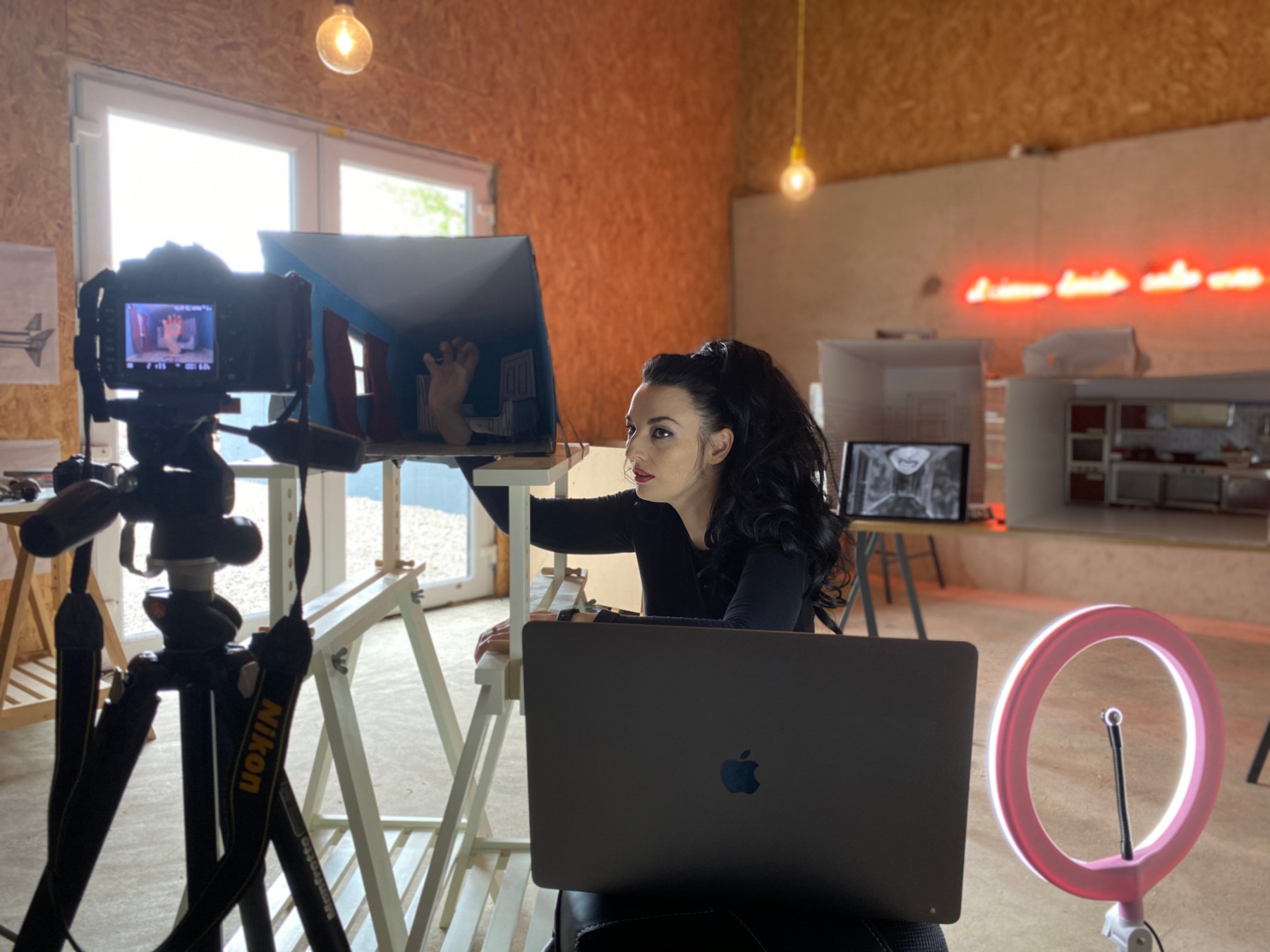

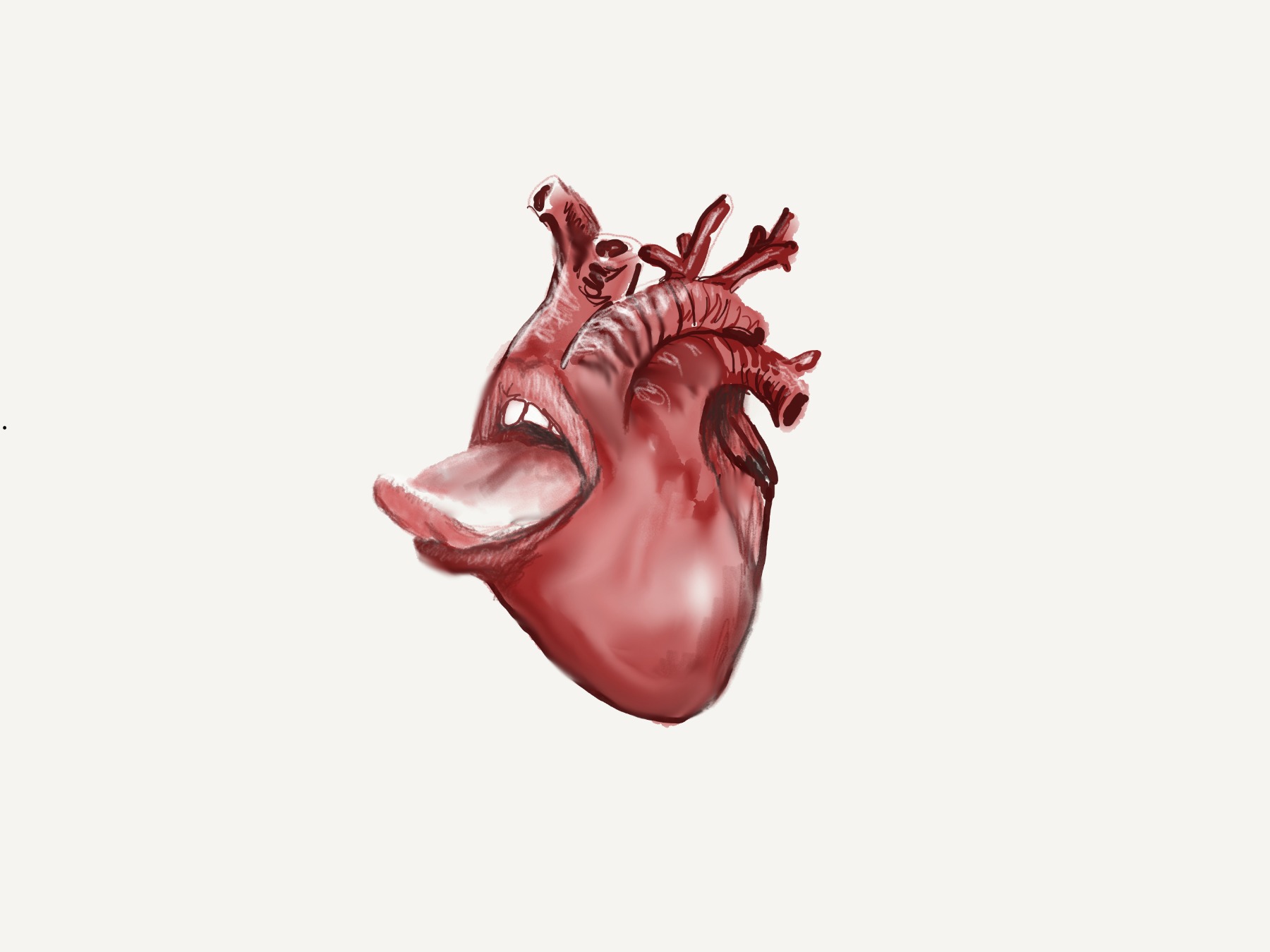
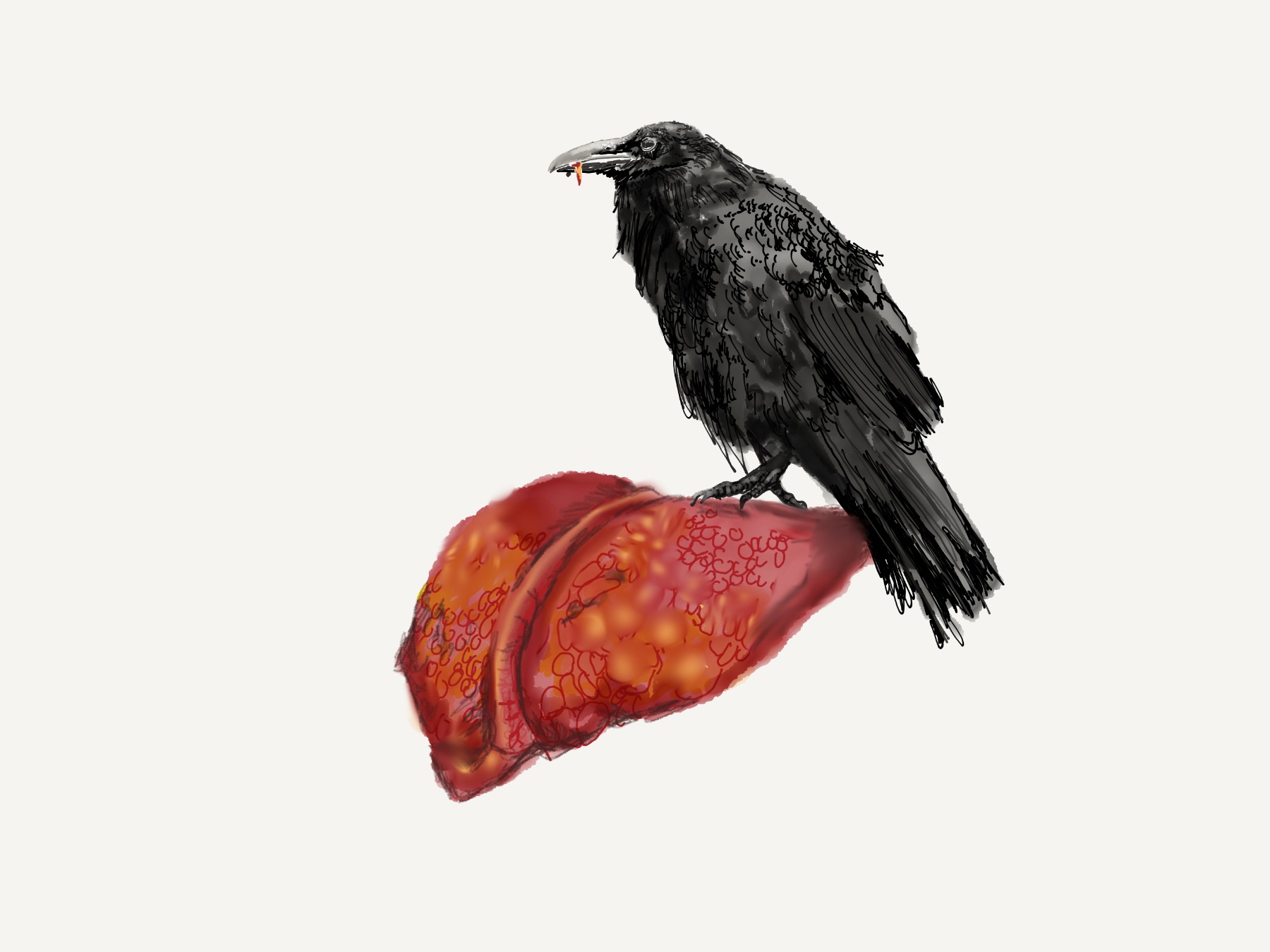

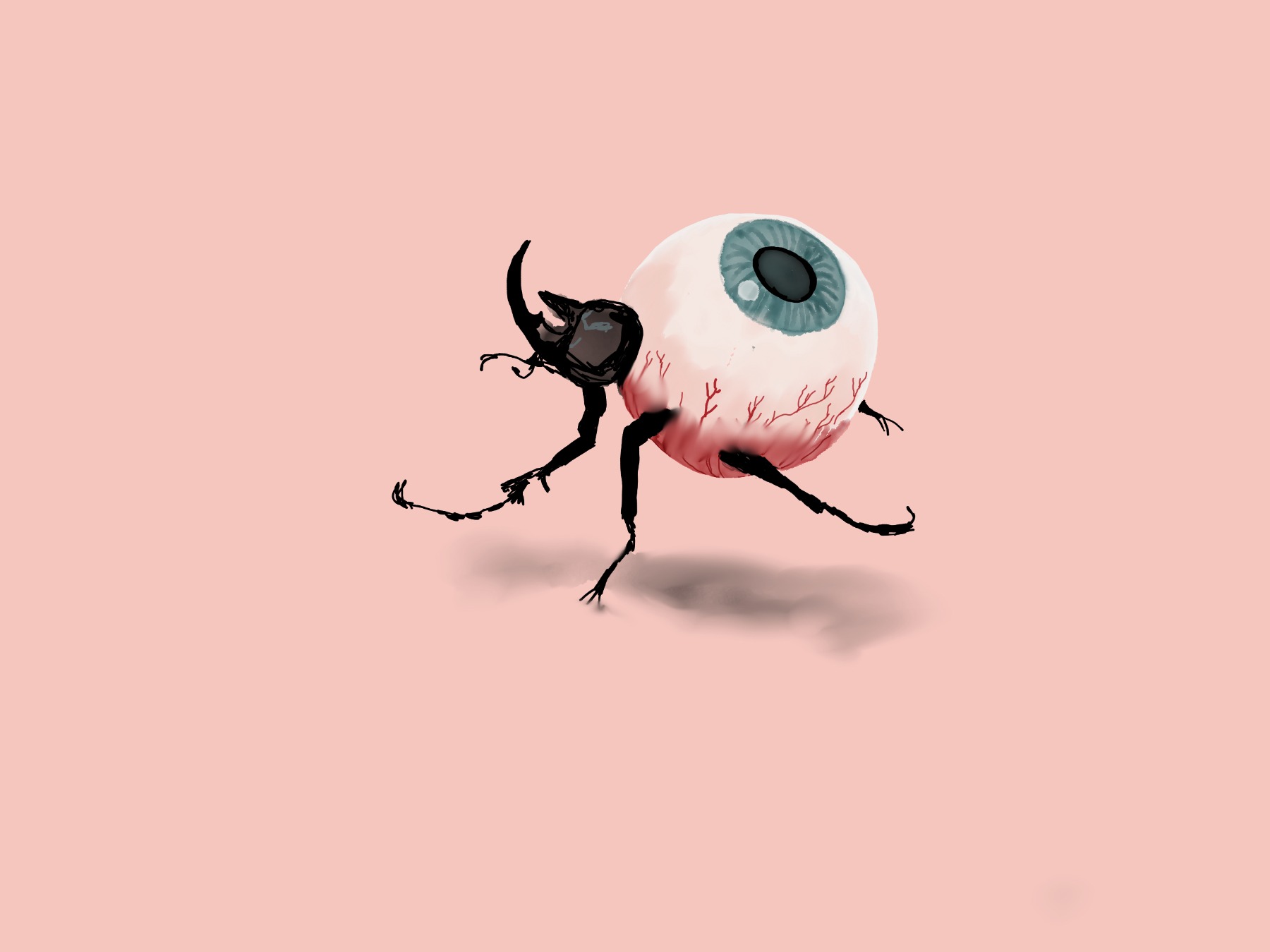




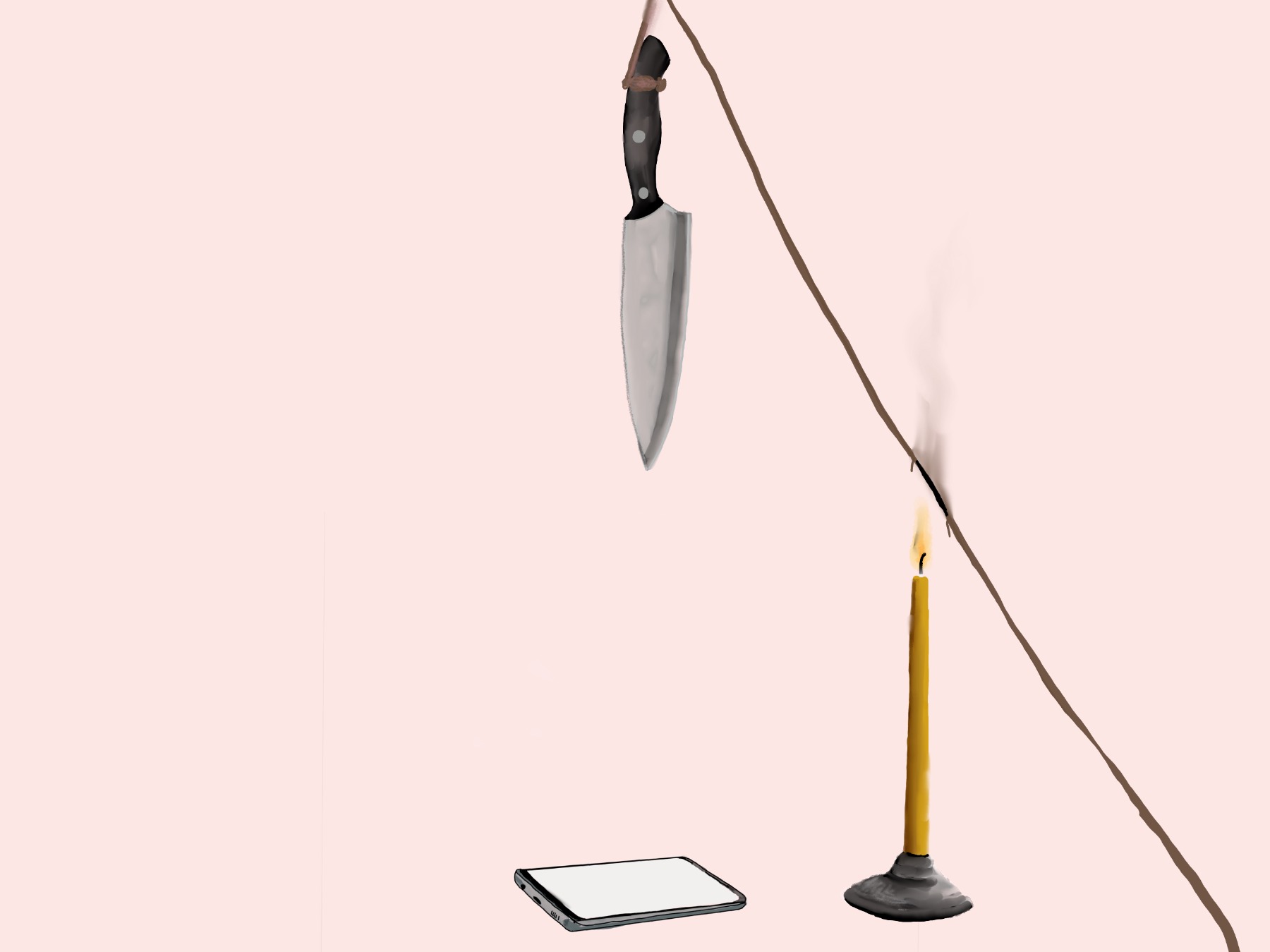
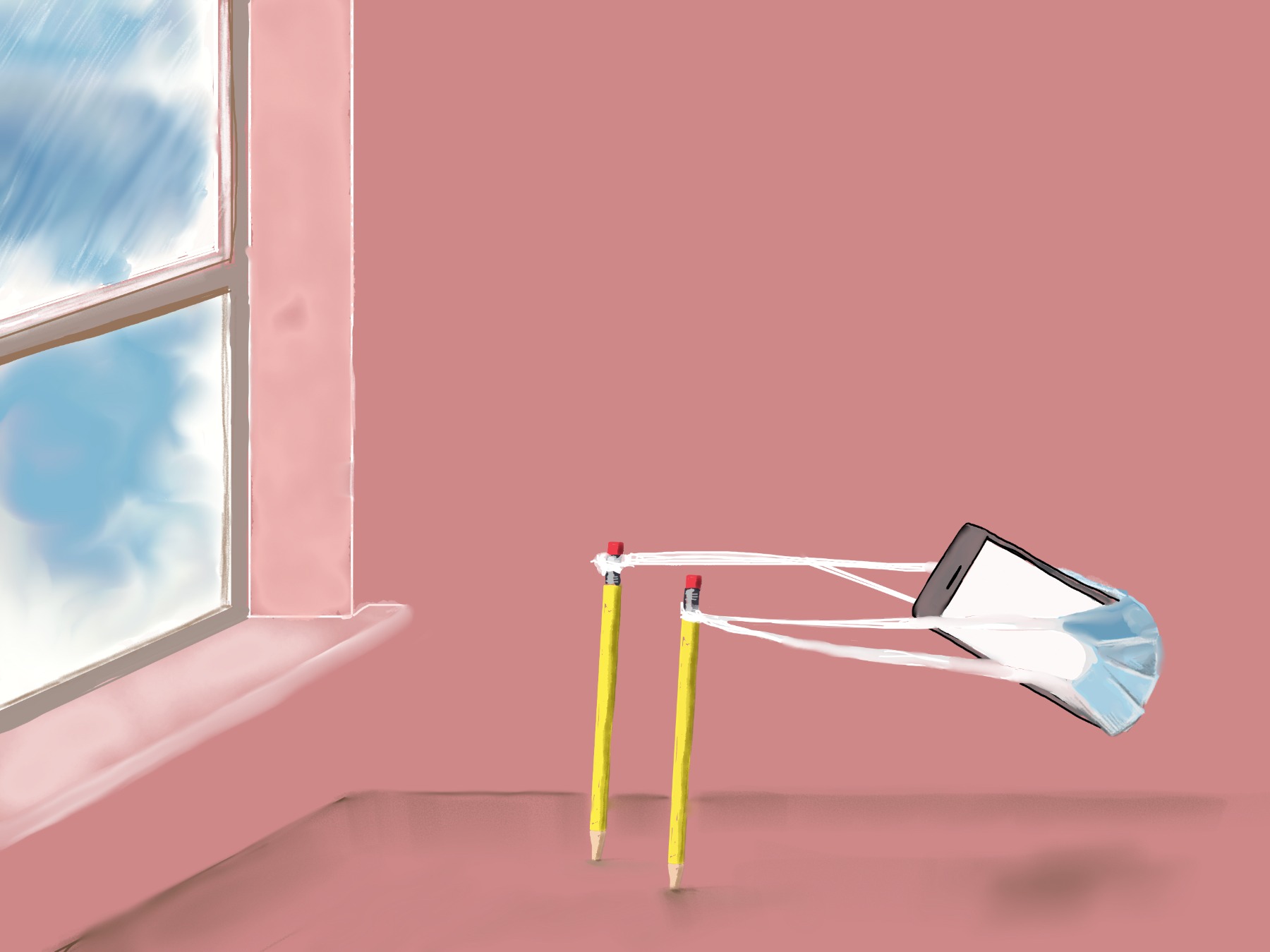



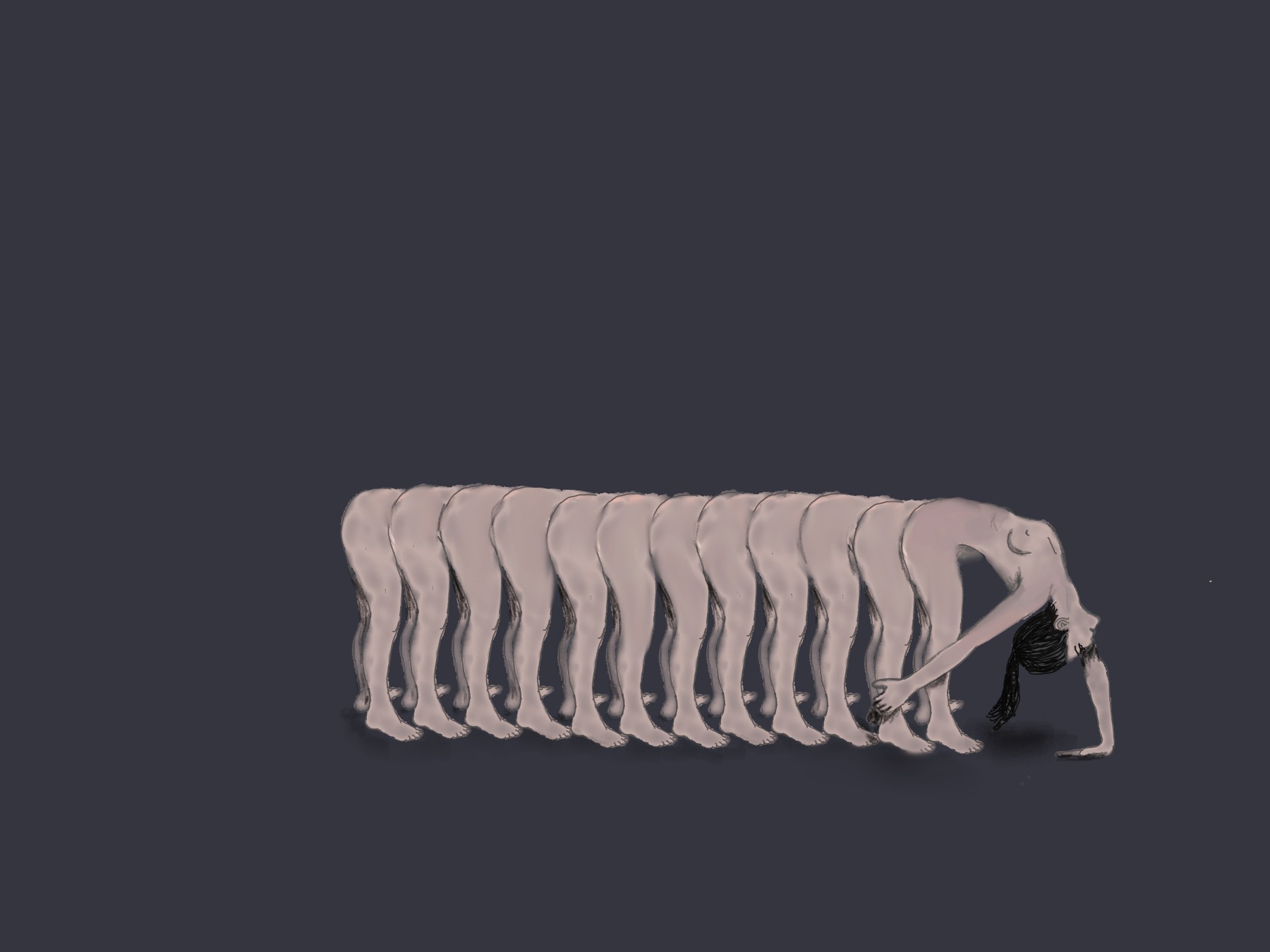

***
Aideen Barry is a practicing Visual Artist based in Ireland but with international representation. In 2020 she was elected to the Royal HIibernian Academy as an ARHA member. She is also a member of Aosdána and Lectures in several universities and schools of visual art. In 2020 she will be speaker part of the Anderson Lecture Series at Penn State University and will be making a new work under the Bunting Commission for the Irish Traditional Music Archive and Music Network Ireland.
Selected projects include exhibitions at: Elephant West, UK, Mothers Tankstation, The Irish Museum of Modern Art, Oaxaca, Mexico, Louise T. Bloudin, London, Moderne Mussett Sweden, The Loop Biennale, ESP, Matucana 100, Chile, FRIEZE Art Fair, UK, The Wexner Centre Ohio, The Royal Hibernian Academy, the Museum des Beux Arts, FR, The Crawford Municipal Gallery, The Butler Gallery, The Banff Centre Canada, the Headlands Centre for the Arts San Francisco, Liste Art Fair Basel Switzerland, BAC Geneva, Arco Art Fair, ESP, CH ACO, Chile and Catherine Clark Gallery, US. Barry has received numerous awards for her practice including recent awards: A Culture Ireland Award 2018, The Vermont Studio Centre Fellowship Award 2017, Project New Work Awards from the Arts Council of Ireland, Arts Council of Ireland Bursary Awards, Modern Ireland in 100 Art Works 2015 award from the Royal Irish Academy, the Silent Light Film Award at the Cork Film Festival, Travel and Training Awards from the Arts Council of Ireland, in 2010 was shortlisted for the prestigious AIB Prize.